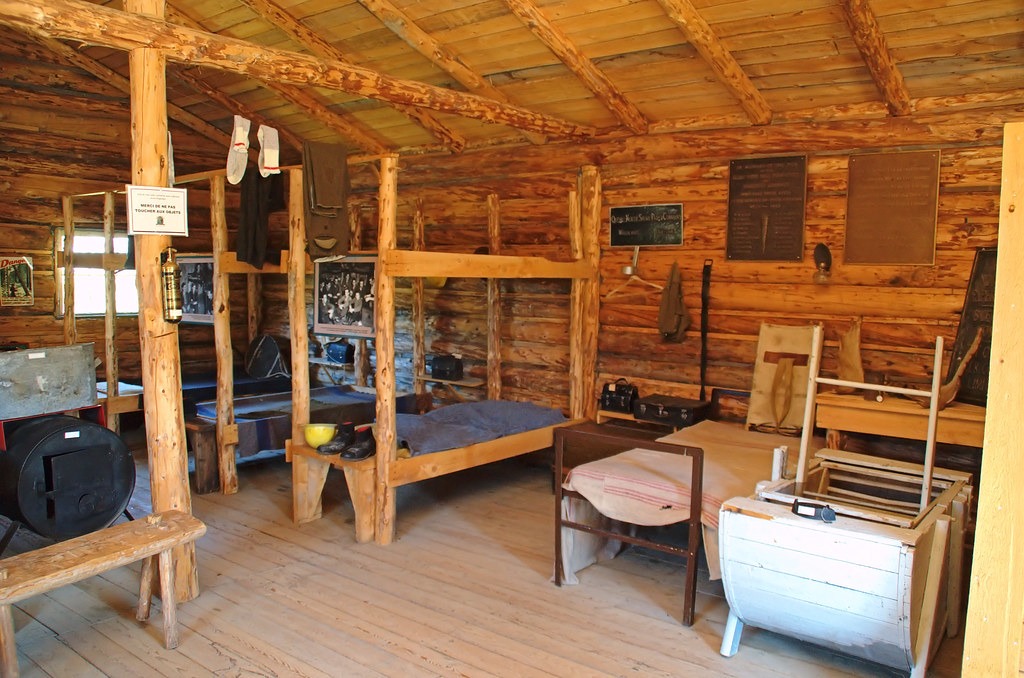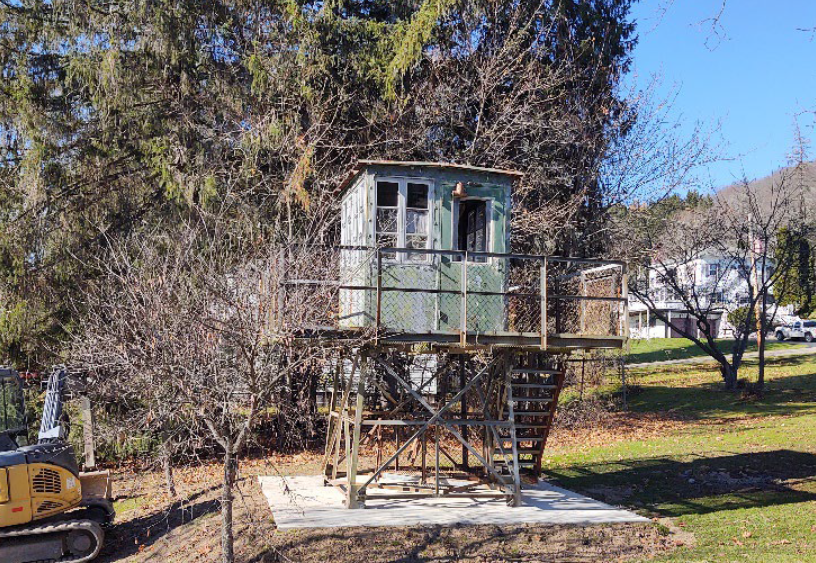
Funding
- Lumber Heritage Region: $2,500
- Total Project Cost: $5,000 (additional funding from Pennsylvania Lumber Museum Associates)
Type of Project
Improvement and expansion of interpretive exhibits in the Pennsylvania Lumber Museum’s recreated circa 1910 lumber camp, including reopening the bunkhouse upper level, creating a jobber’s residence display, and adding interpretive signage.
Project Details
The Lumber Camp Bunkhouse and Jobber’s Residence Interpretation Project at the Pennsylvania Lumber Museum in Ulysses, Potter County, aimed to improve and expand the interpretive exhibits in the museum’s recreated circa 1910 lumber camp. The project sought to re-open the upper level of the bunkhouse, create a jobber’s residence display, and produce additional interpretive signage that recognizes the diversity found in a Pennsylvania lumber camp. Additionally, the project aimed to equip staff and volunteers with supplies for educational demonstrations and live interpretation.
The upper level of the bunkhouse had been closed for over 15 years, used only as temporary storage during the renovation of the museum visitor center. This project involved furnishing the upper level with reproduction items to depict a woodhick’s living quarters accurately. Another component of the project was transforming the carpenter’s shack into a jobber’s residence, reflecting the jobber’s unique role in the camp, often the only one to bring his family to live there.
The project also addressed the lack of representation of women and children in the camp’s interpretation. Historical photographs show that both women and children were present at some camps, often working in roles such as camp cooks. New interpretive signage was created for the camp kitchen and other areas to highlight these contributions.
Grant funds were used to purchase reproduction items for furnishing these spaces, complemented by deaccessioned artifacts from other PHMC sites. Reproduction clothing and period-appropriate cooking supplies were also acquired to facilitate in-person demonstrations and costumed interpretation by museum personnel.
The project has resulted in the museum having two new interpretive exhibit spaces accessible to the public. These additions allow the museum to present a more comprehensive view of life in an early 20th-century lumber camp, including the stories of the women and children who lived and worked there. The jobber’s residence, new kitchen signage, and other enhancements were debuted when the museum reopened to the public on April 30th, 2021, after over a year of COVID-19 closure.


